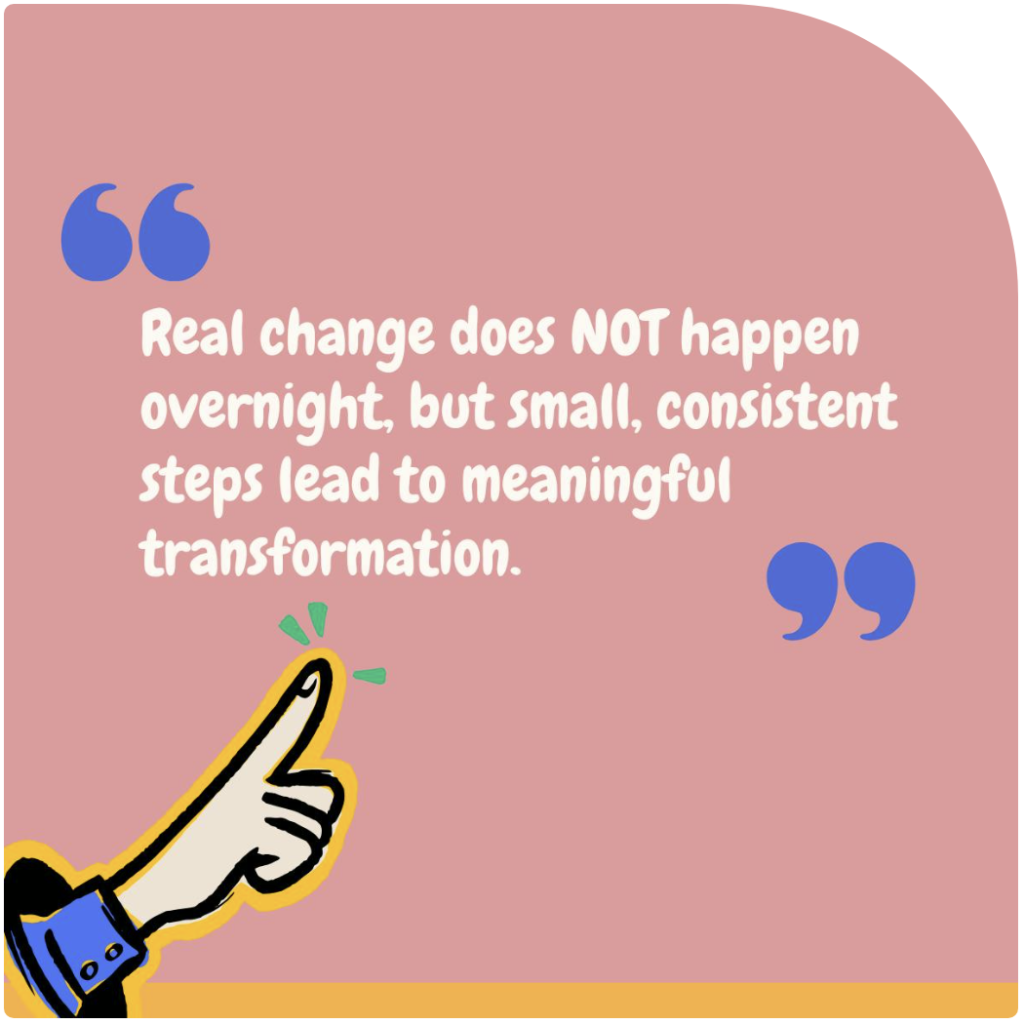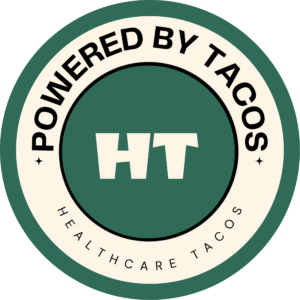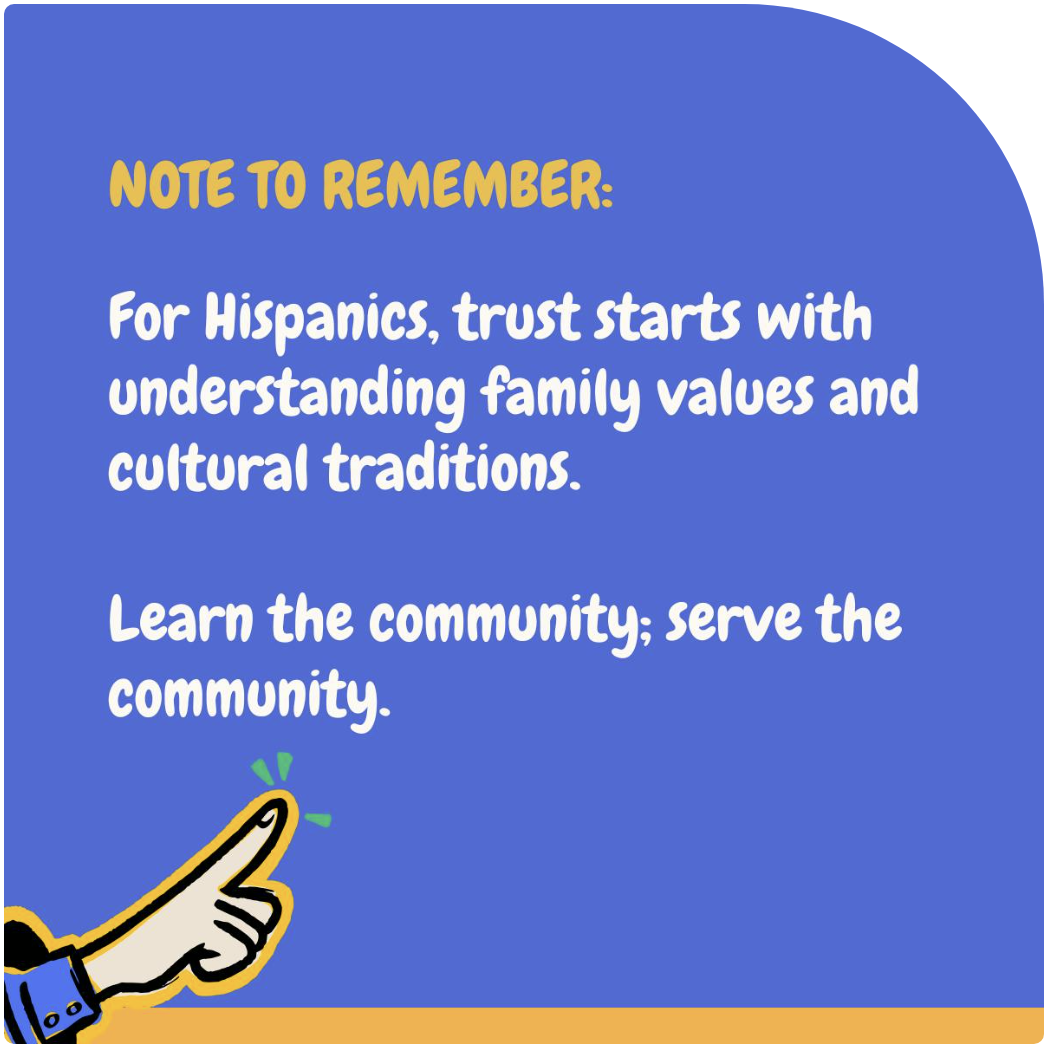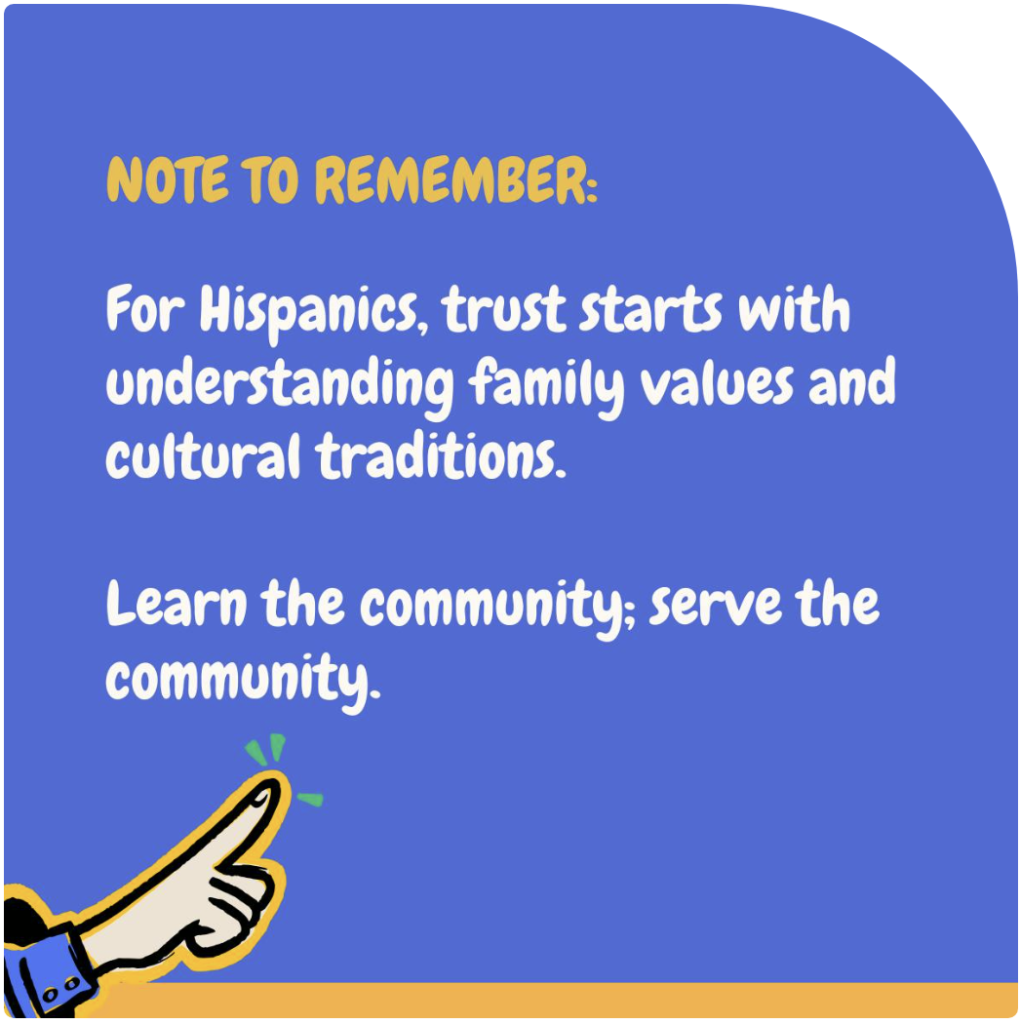

Amig@s – Let’s taco ‘bout 2025 Health Equity Goals.
Let’s start the new year with something that really matters.
Making healthcare work better for everyone.
As I always say.
Doing this is like cooking your favorite meal; you need the right ingredients and proper attention to make it perfect.
That’s the recipe we need for health equity.
As we look toward 2025.
Healthcare organizations are asking themselves one big question.
How do we make sure quality healthcare reaches everyone, especially those who’ve been left behind?
Let’s taco ‘bout this enchilada.
Amig@s – Let’s taco ‘bout 2025 Health Equity Goals.
Let’s start the new year with something that really matters.
Making healthcare work better for everyone.
As I always say.
Doing this is like cooking your favorite meal; you need the right ingredients and proper attention to make it perfect.
That’s the recipe we need for health equity.
As we look toward 2025.
Healthcare organizations are asking themselves one big question.
How do we make sure quality healthcare reaches everyone, especially those who’ve been left behind?
Let’s taco ‘bout this enchilada.
![]()
Three Insights 🌶️
I. Understanding Goes Deep
Just like every family has their own special recipe, every community has unique healthcare needs.
What works in one neighborhood might miss the mark in another.
For Hispanics, it goes beyond just language barriers.
Family plays a central role in health decisions, with many preferring to include extended family in care conversations.
And traditional healing practices often blend with modern medicine, creating a unique approach to wellness that providers need to understand and respect.
Here, trust needs to be earned differently.
Remember this.
Unfortunately, some of our Hispanic families.
Carry generations of medical mistrust that can only be bridged through genuine understanding and cultural respect.
Even when healthcare is available.
Now, practical barriers like inflexible appointments or lack of transportation can keep people from getting the care they need.
Therefore, one size style of healthcare does NOT fit here.
This is exactly why providers need to become students of their communities.
II. Stick With It
Building real health equity is like mastering any important skill.
It takes regular practice and genuine commitment. You can NOT just check a box and call it done.
This is about creating lasting change, not quick fixes that fade away.
What does this look like in practice?
Good question.
This means making cultural training a regular part of everyone’s work week, not just a yearly checkbox.
It’s about actively checking how your programs are working and being willing to adjust when needed.
Most importantly.
It means building inclusive practices into every level of your organization.
Yes, every level.
From the front desk to leadership, you must take time to listen to community feedback and actually act on what you hear.
Now, here is this.
The organizations that get this right don’t treat equity as a side project.
They weave it into everything they do, from how they hire and train staff to how they design their services.
In other words.
It becomes part of their core identity, not just something they talk about in meetings.

III. Bring Everyone to the Table
A diverse team is NOT just a bonus; it’s essential.
When patients see healthcare providers who understand their background, it makes a huge difference.
I’m sure you know why, but just in case.
Here it is once again.
Trust builds naturally when people feel seen and understood.
Think about walking into a doctor’s office where the staff speaks your language, understands your family values, and respects your cultural beliefs.
That front desk person who greets you in your native language, that nurse who knows the right cultural courtesies, that doctor who understands your traditional remedies.
They all create an environment where healing can truly happen.
When leadership teams include diverse voices, better decisions are made.
When young people see healthcare providers who look like them, they can imagine themselves in those roles, too.
Once again.
This is NOT just about checking boxes.
Instead, make it about building trust through genuine representation and understanding.
You will be surprised by the positive results.

Insights
I. Understanding Goes Deep
Just like every family has their own special recipe, every community has unique healthcare needs.
What works in one neighborhood might miss the mark in another.
For Hispanics, it goes beyond just language barriers.
Family plays a central role in health decisions, with many preferring to include extended family in care conversations.
And traditional healing practices often blend with modern medicine, creating a unique approach to wellness that providers need to understand and respect.
Here, trust needs to be earned differently.
Remember this.
Unfortunately, some of our Hispanic families.
Carry generations of medical mistrust that can only be bridged through genuine understanding and cultural respect.
Even when healthcare is available.
Now, practical barriers like inflexible appointments or lack of transportation can keep people from getting the care they need.
Therefore, one size style of healthcare does NOT fit here.
This is exactly why providers need to become students of their communities.
II. Stick With It
Building real health equity is like mastering any important skill.
It takes regular practice and genuine commitment. You can NOT just check a box and call it done.
This is about creating lasting change, not quick fixes that fade away.
What does this look like in practice?
Good question.
This means making cultural training a regular part of everyone’s work week, not just a yearly checkbox.
It’s about actively checking how your programs are working and being willing to adjust when needed.
Most importantly.
It means building inclusive practices into every level of your organization.
Yes, every level.
From the front desk to leadership, you must take time to listen to community feedback and actually act on what you hear.
Now, here is this.
The organizations that get this right don’t treat equity as a side project.
They weave it into everything they do, from how they hire and train staff to how they design their services.
In other words.
It becomes part of their core identity, not just something they talk about in meetings.

III. Bring Everyone to the Table
A diverse team is NOT just a bonus; it’s essential.
When patients see healthcare providers who understand their background, it makes a huge difference.
I’m sure you know why, but just in case.
Here it is once again.
Trust builds naturally when people feel seen and understood.
Think about walking into a doctor’s office where the staff speaks your language, understands your family values, and respects your cultural beliefs.
That front desk person who greets you in your native language, that nurse who knows the right cultural courtesies, that doctor who understands your traditional reedies.
They all create an environment where healing can truly happen.
When leadership teams include diverse voices, better decisions are made.
When young people see healthcare providers who look like them, they can imagine themselves in those roles, too.
Once again.
This is NOT just about checking boxes.
Instead, make it about building trust through genuine representation and understanding.
You will be surprised by the positive results.

![]()
Two Actionable Steps 🌮
I. Make Cultural Competency a Routine
Cultural competency is NOT a one-time lesson; it’s a practice that needs consistent reinforcement.
Trust me, regular practice and real world application lead to improvement.
Here is what works.
Regular workshops, monthly team discussions about real patient experiences, and hands-on training scenarios that reflect your community’s needs.
However, do me a favor and do NOT stop at formal training.
Encourage your team to share their own cultural insights and experiences.
Here is why.
When someone learns something new about working with a specific community, make space for them to share that knowledge.
The goal is to make cultural awareness as natural as checking vital signs; it should be part of every interaction, every decision, every day.
II. Measure Equity Goals
Here is the deal.
Without clear metrics, even the best intentions can fall short.
So, one of my biggest recommendations I always emphasize when working with healthcare organizations.
It is to make the metrics a priority.
So what should you do?
Start by looking at the real numbers that truly matter at the beginning.
- Who isn’t?
- Who’s getting care?
- Where are the gaps?
- Who’s on your team?
After this, simply set specific targets.
Maybe it’s increasing interpreter availability by 50% or ensuring your leadership team reflects your patient population within two years.
Whatever your goals, make them concrete and track them monthly. If something isn’t working, pivot and test a new approach.
Remember.
What gets measured gets improved, and what gets talked about gets done.
Here is a short but great article from the Mayo Clinic about “Measuring what matters for Health Equity.” Take a read.
Actionable Steps
I. Make it a Routine
Cultural competency is NOT a one-time lesson; it’s a practice that needs consistent reinforcement.
Trust me, regular practice and real world application lead to improvement.
Here is what works.
Regular workshops, monthly team discussions about real patient experiences, and hands-on training scenarios that reflect your community’s needs.
However, do me a favor and do NOT stop at formal training.
Encourage your team to share their own cultural insights and experiences.
Here is why.
When someone learns something new about working with a specific community, make space for them to share that knowledge.
The goal is to make cultural awareness as natural as checking vital signs; it should be part of every interaction, every decision, every day.
II. Measure Goals
Here is the deal.
Without clear metrics, even the best intentions can fall short.
So, one of my biggest recommendations I always emphasize when working with healthcare organizations.
It is to make the metrics a priority.
So what should you do?
Start by looking at the real numbers that truly matter at the beginning.
- Who isn’t?
- Who’s getting care?
- Where are the gaps?
- Who’s on your team?
After this, simply set specific targets.
Maybe it’s increasing interpreter availability by 50% or ensuring your leadership team reflects your patient population within two years.
Whatever your goals, make them concrete and track them monthly. If something isn’t working, pivot and test a new approach.
Remember.
What gets measured gets improved, and what gets talked about gets done.
Here is a short but great article from the Mayo Clinic about “Measuring what matters for Health Equity.” Take a read.
![]()
One Piece of Advice 💃
Inclusion and health equity are NOT like cooking instant rice.
As I always say.
They are more like making the perfect tamale.
They need continuous attention, patience, and a willingness to adjust to bring out the best results.
The truth is, as the saying goes.
“No se ganó Zamora en una hora” (Rome wasn’t built in a day).
Some days, you will need to adjust your approach; others, you must step back and let changes settle in.
In other words.
There will be moments of trial and error, and that is okay.
It’s all part of the process.
Simply keep moving forward, stay open to feedback, and remember that lasting change happens step by step.
Piece of Advice
Inclusion and health equity are NOT like cooking instant rice.
As I always say.
They are more like making the perfect tamale.
They need continuous attention, patience, and a willingness to adjust to bring out the best results.
The truth is, as the saying goes.
“No se ganó Zamora en una hora” (Rome wasn’t built in a day).
Some days, you will need to adjust your approach; others, you must step back and let changes settle in.
In other words.
There will be moments of trial and error, and that is okay.
It’s all part of the process.
Simply keep moving forward, stay open to feedback, and remember that lasting change happens step by step.







